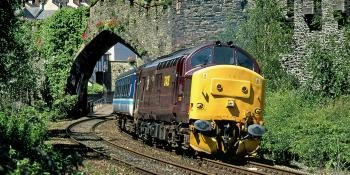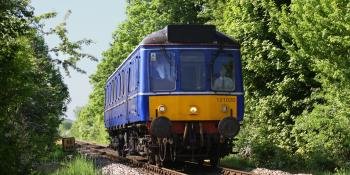With a history which encompassed everything from working suburban passenger trains to ambling through the idyllic countryside of the Isle of Wight and being involved in the construction of one of our great mainlines, the ‘A1’ class of the London Brighton & South Coast Railway has a rich and varied history. To mark the arrival of Hornby’s new model EVAN GREEN-HUGHES looks back at its story.

ABOVE: LBSCR ‘A1X’ 0-6-0T 32670 crosses Langstone bridge with the 4.35pm Havant-Hayling Island train on the last day of service, November 2 1963. Brian Stephenson.
WILLIAM STROUDLEY’S little ‘A1’ 0-6-0T engines have become remarkably famous, given the everyday tasks for which they were designed. There is hardly a child in the land who has not read of Stepney in the Thomas the Tank Engine books, and many other people remember examples of these locomotives from preservation, either in the conventional sense or as exhibits at holiday camps or even outside public houses.
It is, however, most unlikely that Locomotive Superintendent William Stroudley set out to design a famous engine when he sat down at his drawing board at the London Brighton & South Coast Railway (LBSCR) in 1870. He’d recently been appointed to the post after the enforce…





